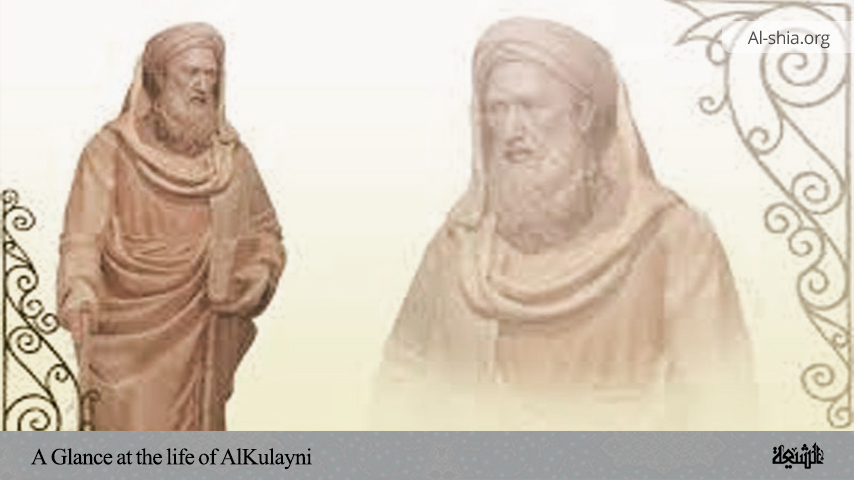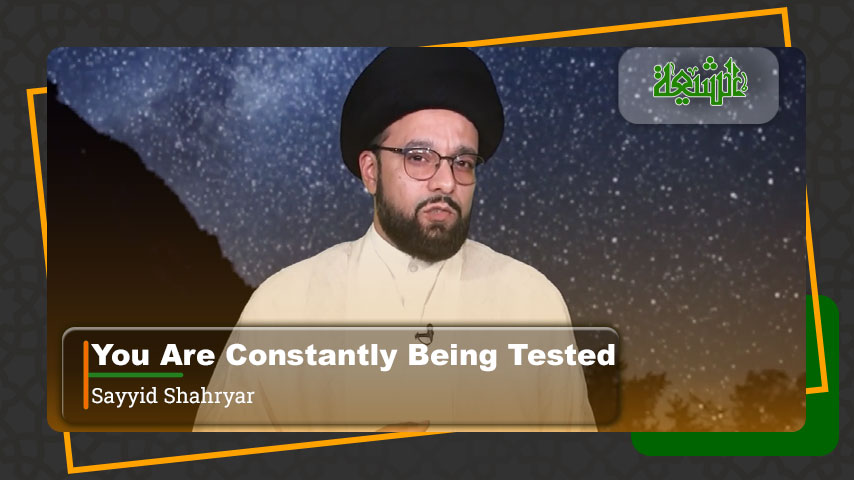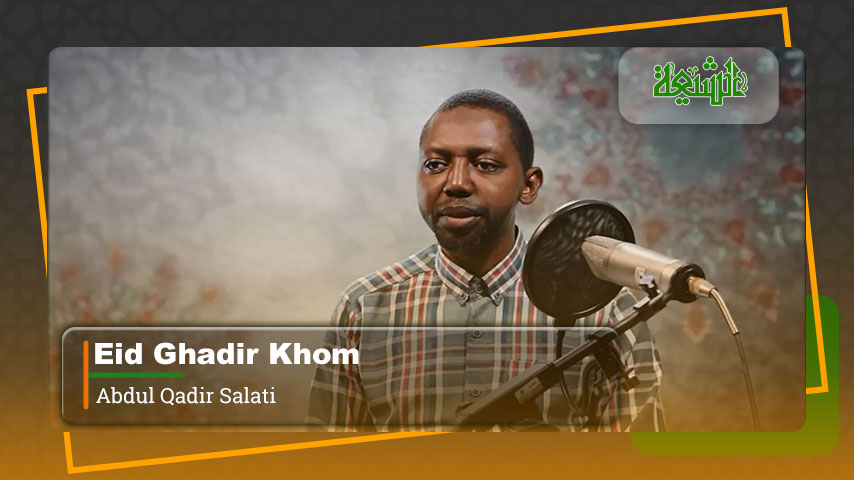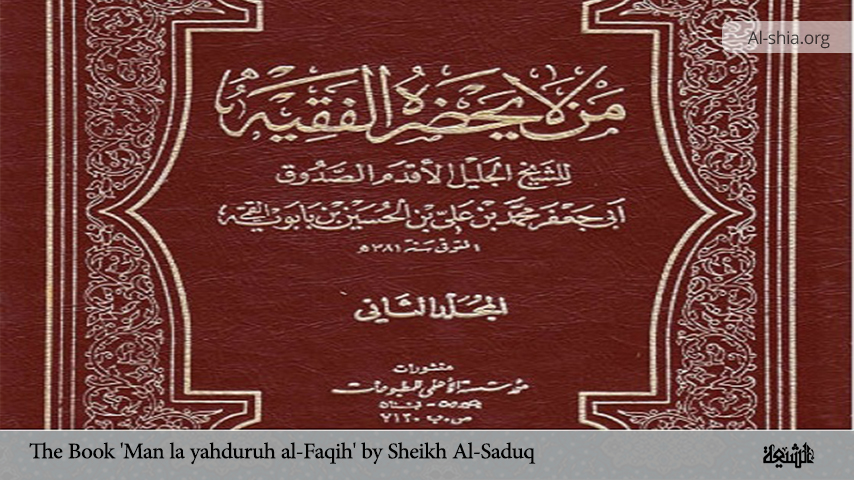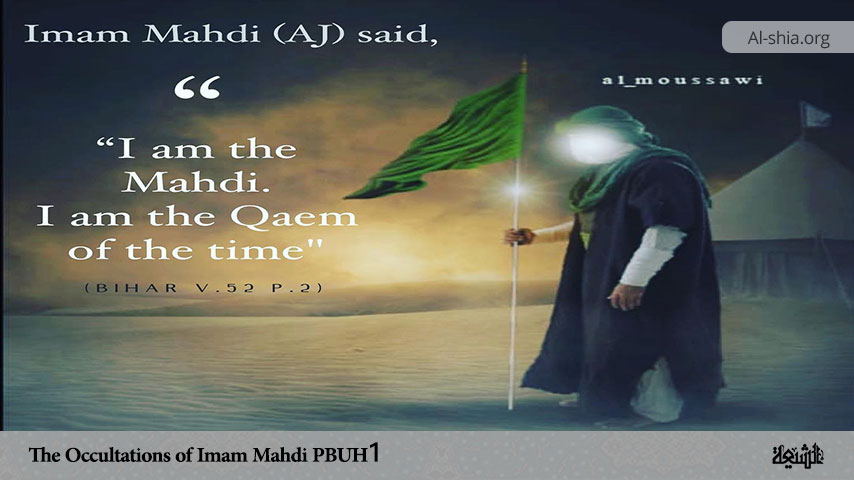Muhammad ibn Yaʿqub Al-Kulayni (c. 255/868-9 – 329/941) was a prominent Shia scholar and greatest Shi’a hadith collector who lived in the 9th and 10th centuries. He was the author of one of the four Shi’a primary hadith collections, al-Kafi. Sheikh Kulayni’s meticulous research and dedication to authentic sources earned him respect among Shia scholars, and his contributions continue to influence Islamic scholarship to this day. His most famous work is “Al-Kafi,” a comprehensive compilation of Shia hadiths, covering various aspects of theology, jurisprudence, and ethics.
His Family
Sheikh Kulayni’s family background is not extensively documented, but it is believed that he was born into a scholarly family with a lineage of religious scholars and intellectuals.
His father’s name is Ya’qub ibn Ishaq who was among the scholars of his time and lived during the age of Minor Occultation[1]. Abu al-Hasan Ali ibn Muhammad known as ‘Alan al-Razi was al-Kulayni’s uncle and Muhammad ibn ‘Aqil al-Kulayni, Ahmad ibn Muhammad and Muhammad ibn Ahmad were all relatives of al-Kulayni and among great Shi’a scholars of their time[2].
His Birth and Titles
According to many biographers, it is believed that Muhammad al-Kulayni was born in 864 CE (250 AH) in Kulayn, a village near Rey in present-day Iran[3]. Some historical evidence shows that he was born after the martyrdom of Imam al-‘Askari (PBUH), at the time of Imam al-Mahdi (PBUH) and met some hadith transmitters who directly had heard hadiths from Imam al-Hadi (PBUH) and Imam al-‘Askari (PBUH). However, Bahr al-‘Ulum considered it possible that al-Kulayni lived during the life of Imam al-Hasan al-‘Askari (PBUH)[4]. Ayatollah Khoei believed that his birth was after the martyrdom of Imam al-‘Askari (a)[5].
His epithet is Abu Ja’far and his title is Thiqat al-Islam[6]. He was the first Islamic scholar who was called “Thiqat al-Islam”[7]. Due to his God-wariness, knowledge and merits, people referred to him for solving their religious questions and receiving rulings. He was called Silsili because he lived in Darb al-Silsila at Bab Kufa of Baghdad[8].
His Education
His upbringing likely provided him with a strong foundation in Islamic studies, enabling him to pursue a career as a respected scholar and hadith collector. While specific details about Sheikh Kulayni’s education are not extensively documented, it’s believed that he received his early education in his hometown of Kulayn and went to Rey for further education. According to the Shia view he is among a special class of Hadith narrators known as Rihalah-ye hadith (which means those who travelled in order to collect a hadith and met the persons considered to be the authority on hadith) [9].
Later, he travelled to Qom, a major centre of Shia learning, where he pursued advanced studies under prominent scholars of his time. In Qom, he likely studied various Islamic sciences, including theology (‘ilm al-kalam), jurisprudence (fiqh), and hadith. He would have studied the works of renowned scholars and engaged in rigorous discussions and debates to deepen his understanding of Shia Islam.
Kulayni’s dedication to learning and his thirst for knowledge likely led him to travel extensively in search of additional sources and teachings. His scholarly journey and diverse educational background contributed to his eventual compilation of “Al-Kafi,” which remains one of the most authoritative collections of Shia hadiths.
He therefore travelled to Baghdad for this reason and lived there for twenty years, engaged in teaching and pursuing academic work, until he died in 329 AH/941 CE. According to historical evidence, al-Kulayni went to Baghdad, which was among the great scientific centres after he finished writing al-Kafi in 327/938-9, two years before he passed away. An evidence for the fact that al-Kafi had finished before he went to Baghdad is that even though he lived at the time of the Four Deputies of Imam al-Mahdi (PBUH), he did not narrate any hadith directly from them[10].
His Personality
In the books of biography and history, his merits and virtues are mentioned by all his advocates and critics. Concerning his fame, Shi’a and Sunni scholars referred to his rulings in Jurisprudence [Fiqh] and titled him Thiqat al-Islam. For instance, al-Shaykh al-Tusi wrote about him, in his book of Rijal thus: “Muhammad ibn Ya’qub al-Kulayni with the kunya of Abu Ja’far al-A’war, was a great scholar, especially in hadith. He has some written works mentioned in al-Kafi.”[11] In another instance, he described al-Kulayni as reliable (thiqa) and knowledgeable in narrations[12].
On the other hand, another Shia scholar and biographer, Al-Najashi said about al-Kulayni thus: “In his time, he [al-Kulayni] was the leader of Shia in Rey and the most reliable among them in hadiths and recording them. He compiled his great book named al-Kafi in 20 years.”[13]
Similarly, Sayyid ibn Tawus mentioned that all scholars approved of his reliability and trustworthiness. Other Shia scholars such as Ibn Shahrashub[14], ‘Allama al-Hilli[15], Ibn Dawud al-Hilli[16], al-Tafrishi[17], al-Ardabili[18] and Sayyid Abu l-Qasim al-Khoei[19] have also approved al-Shaykh al-Tusi and al-Najashi’s statements[20].
Apart from the Shia scholars, some Sunni scholars have mentioned the merits and virtues of Sheikh Kulayni. For instance, Ibn Athir, the Sunni historian counted al-Kulayni among the great Twelver Shia scholars[21]. Likewise, Al-Dhahabi mentioned al-Kulayni as a Shia shaykh and Twlever Shia scholar who had several written works[22]. Ibn Hajar al-‘Asqalani and Ibn Makula say: “He [Al-Kulayni] is among Shia jurists and authors.”[23] Ibn ‘Asakir in his book Tārīkh Madīna Dimashq has described Al-Kulayni as having great merits[24].
His Teachers
Up to 50 sources and teachers of al-Kulayni have been mentioned who educated and taught him as well as narrating hadiths for him. His most influential teacher was Ali ibn Ibrahim al-Qummi, author of Tafsir Qummi who has been mentioned in the chain of transmitters of more than 7068 hadiths in al-Kafi[25]. His other famous teachers are: Muhammad ibn Yahya al-Ash’ari, Ahmad ibn Idris al-Qummi, Ahmad ibn ‘Abd Allah ibn Ahmad ibn Muhammad ibn Khalid al-Barqi, Ahmad ibn Muhammad ibn ‘Isa al-Ash’ari, ‘Abd Allah ibn Jafar al-Himyari, Hasan ibn Fadl ibn Yazid al-Yamani, Ahmad ibn Mahran, Muhammad ibn Hasan al-Ta’I, ‘Ali ibn al-Husayn ibn Musa ibn Babawayh al-Qummi, Muhammad ibn al-Hasan al-Saffar, Muhammad ibn Yahya al-‘Attar, Qasim ibn ‘Ala, Ibn ‘Uqda
His Students and Transmitters of Hadiths
Shaykh Kulayni had numerous students who studied under him, learning various disciplines including hadith, fiqh (jurisprudence), theology, and more. Some of his notable students were prominent scholars and transmitters of hadiths. Other students of Shaykh Kulayni likely contributed to the dissemination of his teachings and the preservation of his works. Meanwhile, the followings are names of some great Shia scholars, who are among his students and those who transmitted hadiths from him: Ibn Abi Rafi’ al-Saymari, Ibn Qulawayh al-Qummi, Harun ibn Musa ibn Ahmad al-Talla’ukbari, Ahmad ibn Muhammad al-Zurari, Muhammad ibn ‘Ali Majilawayh al-Qummi, Abu ‘Abd Allah Muhammad ibn Ibrahim ibn Ja’far, Abu ‘Abd Allah Muhammad ibn Ahmad ibn Quda’a al-Safwani
His Works
Al-Kulayni is accredited with several works during this period. In addition to al-Kafi, al-Kulayni had some other important works[26] such as: Kitab al-Rijal, (a book in which men are assessed as authorities for traditions), al-Radd ‘ala ‘l-Qaramata (“Refutation of the Carmatians”, Rasa’ il al-a’immata “Letters of the Imams” and an anthology of poetry about the Imams. It is pertinent to mention that only al-Kafi appears to have survived.
His Demise and Burial Place
Al-Kulayni passed away in Baghdad, at the age of 70 in Sha’ban 329/May 941 (year of “Tanathur al-Nujum”), the first year of the age of the Major Occultation of Imam al-Mahdi (PBUH)[27]. His body was buried in Bab Kufa, Iraq.
Conclusion
Muhammad ibn Ya’qub al-Kulayni popularly known as Shaykh Kulayni was a renowned scholar and prominent Shia hadith narrator, who lived during the 9th and 10th centuries. He has made significant contributions to Islamic scholarship, particularly in the field of hadith. His compilation of hadiths in “Al-Kafi” remains one of the most authoritative sources for Shia Muslims.
References:
[1] . Qummī, Shaykh ʿAbbās al-Safīnat al-bīḥār, vol. 2, p. 495.
[2] . Khwansārī, Muḥammad Bāqir, Al-Rawḍāt al-jannāt fī aḥwāl al-ʿulamāʾ wa l-sādāt, vol. 6, p. 108.
[3] . Ali Akbar al-Ghaffari’s introduction to his eight-volume edition of al-Kulayni’s Usul al-Kafi, Tehran, 3rd edition 1388), I, 9–13.
[4] . Baḥr al-ʿulūm, Sayyid Muḥammad Mahdī, Al-Fawāʾid al-rijālīyya. vol. 3, p. 336.
[5] . Khoei, Abū l-Qāsim, al-Muʿjam rijāl al-ḥadīth, vol. 19, p. 58.
[6] . Ghaffār, ʿAbd Allāh al-Rasūl, al-Kulaynī wa l-Kāfī, p. 124-125.
[7] . Ghaffār, ʿAbd Allāh al-Rasūl,al-Kulaynī wa l-Kāfī, p. 264-267.
[8] . Mudarris, Muḥammad ʿAlī, al-Rayḥānat al-adab, vol. 5, p. 79.
[9] . cf. Syed Waheed Akhtar, Early Imammiyah Shiite Thinkers
[10] . Ghaffār, ʿAbd Allāh al-Rasūl, al-Kulaynī wa l-Kāfī, p. 264-267.
[11] . Ṭusī, Muḥammad ibn al-Ḥasan al-Rijāl, p. 429.
[12] . Ṭusī, Muḥammad ibn al-Ḥasan al-Rijāl, p. 120.
[13] . Najāshī, Aḥmad ibn ʿAlī, al-Rijāl al-Najāshī, p. 377.
[14] . Ibn Shahrāshūb, Muḥammad ʿAlī, Maʿālim al-ʿulamā, p. 134.
[15] . Ḥillī, Ḥasan b. Yūsuf, al-Khulāṣat al-aqwāl fī maʿrifat al-rijāl, p. 245.
[16] . Hīllī, Ibn Dāwūd Ḥasan ibn ʿAlī, al-Rijāl Ibn Dāwūd, p. 187.
[17]. Tafrishī, Muḥammad ibn al-Husayn, al-Naqd al-Rijāl, vol. 4, p. 352.
[18] . Ardabīlī, Muḥammad ʿAlī, Jāmiʿ al-ruwāt, vol. 2, p. 218.
[19] . Khoei, Abū l-Qāsim, al-Muʿjam rijāl al-ḥadīth, vol. 19, p. 54.
[20] . Ibn Ṭāwūs, ʿAlī b. Mūsā, Kashf al-maḥajja, p. 159.
[21] . Ibn Athīr, al-Jazarī, ʿAlī ibn Muḥammad, al-Kāmil fī tārīkh, vol. 8, p. 364.
[22] . Dhahabī, Muḥammad ibn Aḥmad, al-Siyar iʿlām al-nubalāʾ, vol. 15, p. 280.
[23] . Ibn Ḥajar al-ʿAsqalānī, Aḥmad ibn ʿAlī, Lisān al-mīzān, vol. 5, p. 433; Ibn Mākula, ʿAlī b. Hibat Allāh, Ikmāl al-kamāl, vol. 7, p. 186.
[24] . Ibn ʿAsākir, ʿAlī ibn al-Ḥasan, Tārīkh Madīna Dimashq, vol. 56, p. 297.
[25] . Khoei, Abū l-Qāsim, al-Muʿjam rijāl al-ḥadīth, vol. 19, p. 59.
[26]. Ṭūsī, Muḥammad ibn al-Ḥasan al-Rijāl, p. 429; Najāshī, Aḥmad ibn ʿAlī, al-Rijāl al-Najāshī, p. 377.
[27] . Mudarris, Muḥammad ʿAlī al-Rayḥānat al-adab, vol. 8, p. 80.



